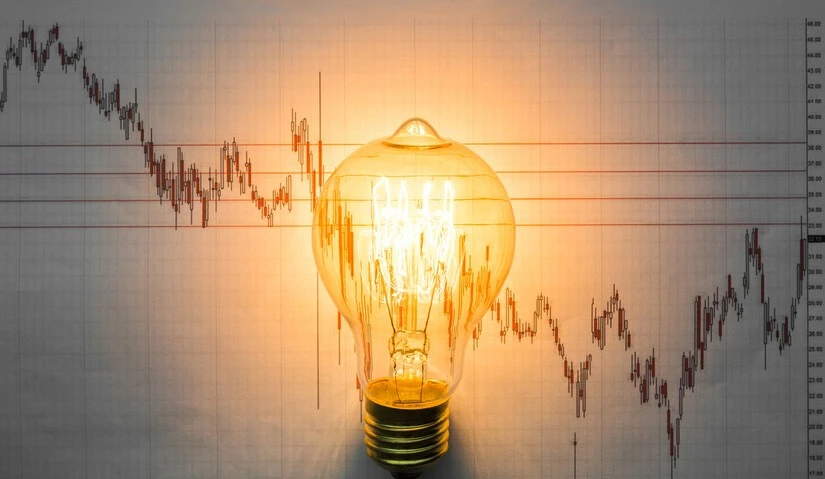Irish Wholesale Electricity Prices Continue Downward Trend in June 2025

Ireland's wholesale electricity market experienced a notable decline in June 2025, with prices falling by 12.2% compared to the previous month. This marks a continuation of a significant downward trend from peak prices observed in recent years, offering a glimmer of relief to businesses and potentially paving the way for broader economic impacts.
Are Wholesale Electricity Prices Decreasing?
According to the latest Wholesale Price Index released by the Central Statistics Office (CSO), the decrease in June brings the price of wholesale electricity to 11.6% lower than in June 2024.
More strikingly, current prices are a substantial 75.4% below the peak recorded in December 2022, a period characterised by unprecedented energy market volatility.
This sustained reduction in electricity costs is a welcome development for various sectors of the Irish economy. Businesses, particularly those with high energy consumption, stand to benefit from reduced operational expenses. This could translate into more competitive pricing for goods and services, potentially easing pressures on consumers.
The dramatic drop from the December 2022 peak underscores a significant rebalancing in the energy market, a stark contrast to the challenges faced during the height of the global energy crisis.
The graph below charts the evolution in price of electricity on the wholesale market:
Wholesale Price Index - Electricity (Base: Year 2021 as 100)
Index
Source: CSO.ie.
This graph plots the Wholesale Price Index for Electricity, where the average price in 2021 is set as the base value of 100. Values above 100 indicate prices higher than the 2021 average, while values below 100 represent lower prices, tracked monthly from 2021 to 2025.
Broader Energy Market Trends and Factors
While wholesale electricity prices saw a significant dip, the broader energy landscape presented a mixed picture.
The price index for all energy fuels in Ireland edged up by a modest 0.2% in June 2025. However, on an annual basis, this index was down by 9.8% compared to June 2024, indicating an overall deflationary trend in the wider energy fuel market over the past year.
This suggests that while some energy inputs might have seen slight month-on-month increases, the year-on-year perspective highlights a general softening of prices across the energy fuel market.
The overall Energy Products Index, which provides a comprehensive view of energy-related wholesale prices, also reflected this downward trajectory. It was reported to be down by 9.0% since May 2025 and 11.1% lower when compared with June 2024.
This consistent decline in the overall energy products index reinforces the narrative of a cooling energy market in Ireland. The various components contributing to this index, including electricity and other energy fuels, collectively signal a more stable and less volatile pricing environment.
The December 2022 peak for wholesale electricity prices was a direct consequence of a confluence of global factors, including:
- Geopolitical tensions
- Supply chain disruptions
- Increased demand as economies rebounded post-pandemic.
The subsequent and sustained fall in prices can be attributed to several factors, including:
- Improved energy supply security
- increased contributions from renewable energy
- Slight drops in overall energy demand
What Does This Mean for My Electricity Bills?
While the significant drop in wholesale electricity prices is undoubtedly positive news for the Irish economy and businesses, the direct impact on residential electricity bills often has a time lag. Wholesale prices typically account for a substantial portion (around 55-60%) of the final electricity bill for most customers.
However, other factors like:
- Transmission and distribution costs
- Supplier charges
- Government taxes and levies
- VAT
Electricity suppliers frequently use "hedging" strategies, buying electricity in advance at fixed prices to mitigate volatility for consumers.
This means that while wholesale prices may fall, it can take time for these reductions to filter through to consumer tariffs as suppliers work through existing contracts.
Therefore, while continued downward pressure on wholesale prices offers a strong indication of potential future relief, consumers may not see an immediate, direct reflection of these latest monthly decreases in their next bill.
It is advisable to regularly compare offerings from different suppliers, as competition in the retail market can help pass on savings to consumers.
Looking For Other Ways to Reduce Your Energy Bill?
Stay up to date with the latest news from Selectra to learn how to lower your energy bills or find a cheaper electricity provider.
